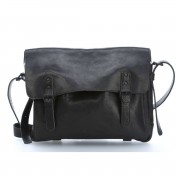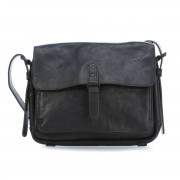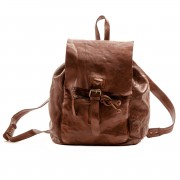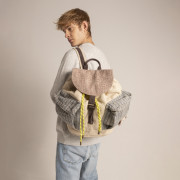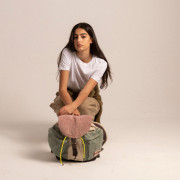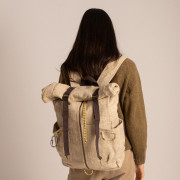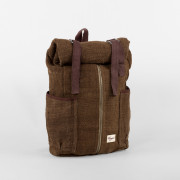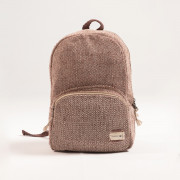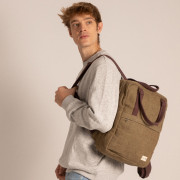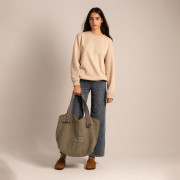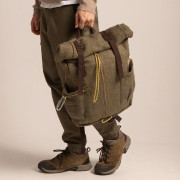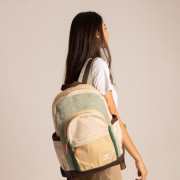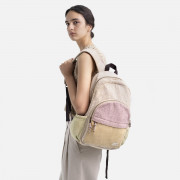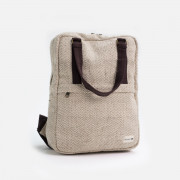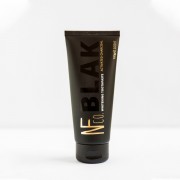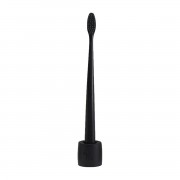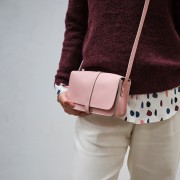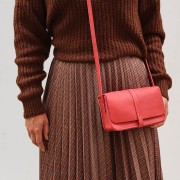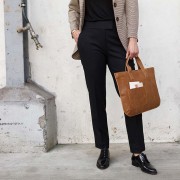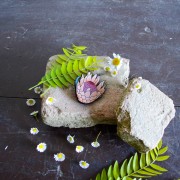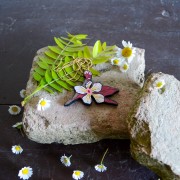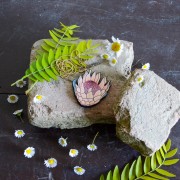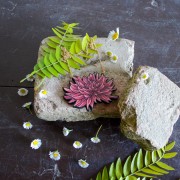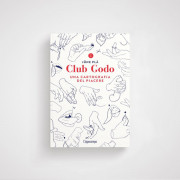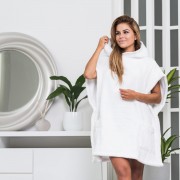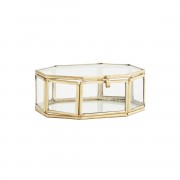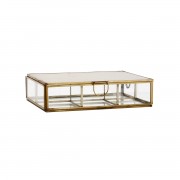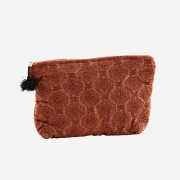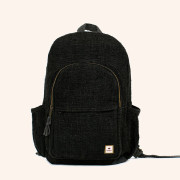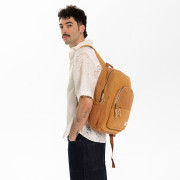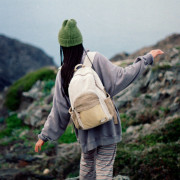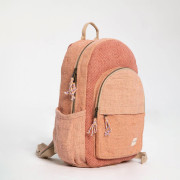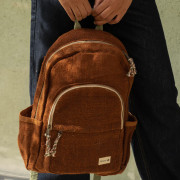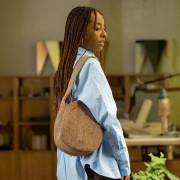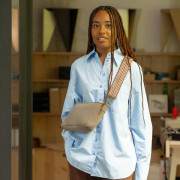No products
Product successfully added to your shopping cart
There are 0 items in your cart. There is 1 item in your cart.
More info
HEMPER AYESHA SHOULDER BAG BROWN
Size: 28 x 18 x 7
Washing recommendations are cold gentle wash with mild soap
This bag is very special, the fabric has a unique pattern developed by Hemper, its zigzag construction features 9 honey-colored strands and 3 in lilac color. Created by Dudhakala by hand, the fabric is called Supriya in honor of his daughter.
Hand made in Nepal.
SUSTAINABILITY REPORT:
Water: 42liters - 42% saved
Toxic substances: savings of 24
Waste: 0,04kg of waste
People: 33 people involved
CO2: 12,92kg
Powered by BCOME
THE HEMPER PROJECT:
Hemper is not just a brand, but a project. A project that talks about sustainability, slow fashion and fair trade.
Their production has led to several groups of hemp craftsmen to establish alliances that have never existed before (due to social and geographical differences) to create its own supply chain and achieve a level of autonomy that goes beyond Hemper.
Hemper works with Nepalese artisans and raw materials.
SUSTAINABILITY:
From raw materials (a wild plant native to the Himalayas) to processing, the circularity of their production never abandons its origins: Nepal.
Their collaboration implies the conservation of both natural ecosystems (hemp grows wild in the Himalayas, is not cultivated artificially) and the cultural heritage of their Nepalese collaborators, threatened by globalization, from faster and cheaper textile materials and techniques.
COLORS:
Speaking instead of colors, all their products are dyed with natural colors.
For thousands of years natural dyes have been used to color and customize all kinds of products. Through fruits, peels, minerals, roots, plants.
It’s an almost magical craft process, something that synthetic alternatives don’t offer.
In addition to caring for the environment, it is a way of expressing creativity and connection with nature. The results are never accurate and one product is never identical to the other, because depending on the type of water used, or the period of the year in which the material was chosen for dyeing, this can influence the final result.








